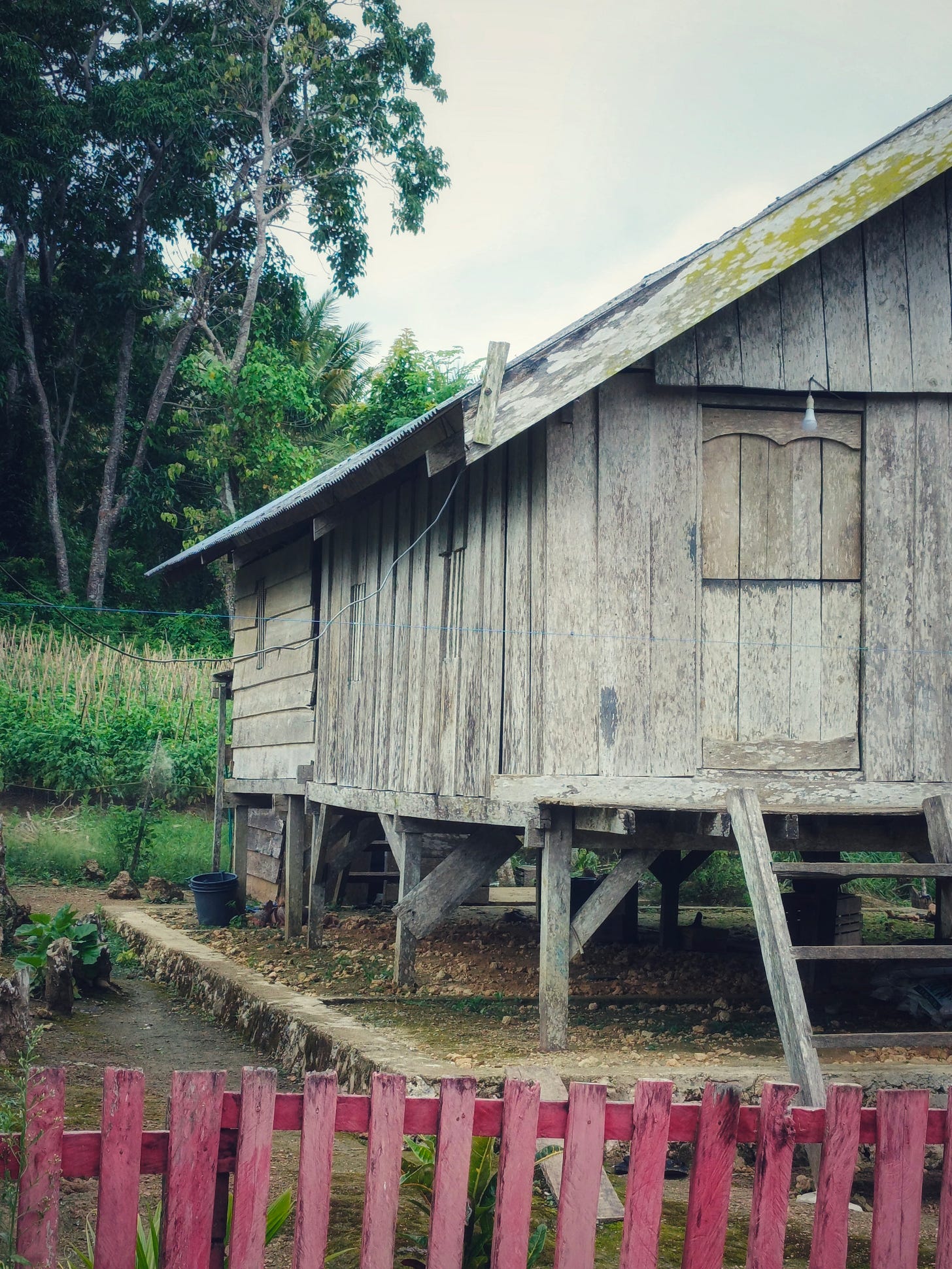A short story about my journey in a region of Buton Regency.
After two weeks of living in a remote area of Buton Regency, I discovered a unique fact that in this district — Kapontori District — each village has its own local language. This is a social phenomenon rarely found in Java. I only came across this unique fact when I first set foot on the island of Sulawesi. This will be a new experience in my life as I aspire to travel to all regions of Indonesia.
I learned this unique fact from a local man in his fifties. He explained that the villages of Tuangila and the neighboring village of Todanga have many differences. These include language, dialect, and even customs. Because of these differences, conflicts often arise between them regarding their different customs. For example, in the case of an inter-village marriage, one party might insist that the wedding ceremony follow the customs of their own village.
I was quite surprised to hear this. Spontaneously, I asked, “So what can unite them?” The middle-aged man replied, “The Buton language.”
And after talking for a while, new facts emerged. That language differences are not so different. For example, the difference between Sundanese and Minangkabau. But there are languages that they have that are not understood by other villages.
I imagine that if each village really has its own language, then Kapontori District would have 15 different local languages. How unique is that? This is Indonesia. Indonesia’s reputation as the country with the most local languages in the world — after Papua New Guinea — is not an exaggeration.
According to the data I found on Google, Kapontori District has 15 villages, and I am currently in a village called Tuangila. This village is located in a highland area with temperatures ranging from 18°C to 21°C in the morning, 23°C to 25°C in the afternoon and evening, and an average of 22°C at night. This cool weather always reminds me of Cijambe Atas, a region in Bandung where I was born.
However, regarding the statement that Kapontori District has 15 different local languages, this is still just my wild speculation. It was a fleeting thought when I learned that Tuangila, the village where I’m staying, and the surrounding villages have different languages. In fact, it’s not just one village, but several, maybe 3–4 villages. For example, Todanga, Tumada, and Wakuli (I forgot the name of another village). This means that 4 out of the 15 villages in Kapontori District already have different local languages. I haven’t checked the other 11 villages yet. This will be an adventure for me to prove whether Kapontori District really has 15 different local languages in each of its villages. How fascinating, right?



